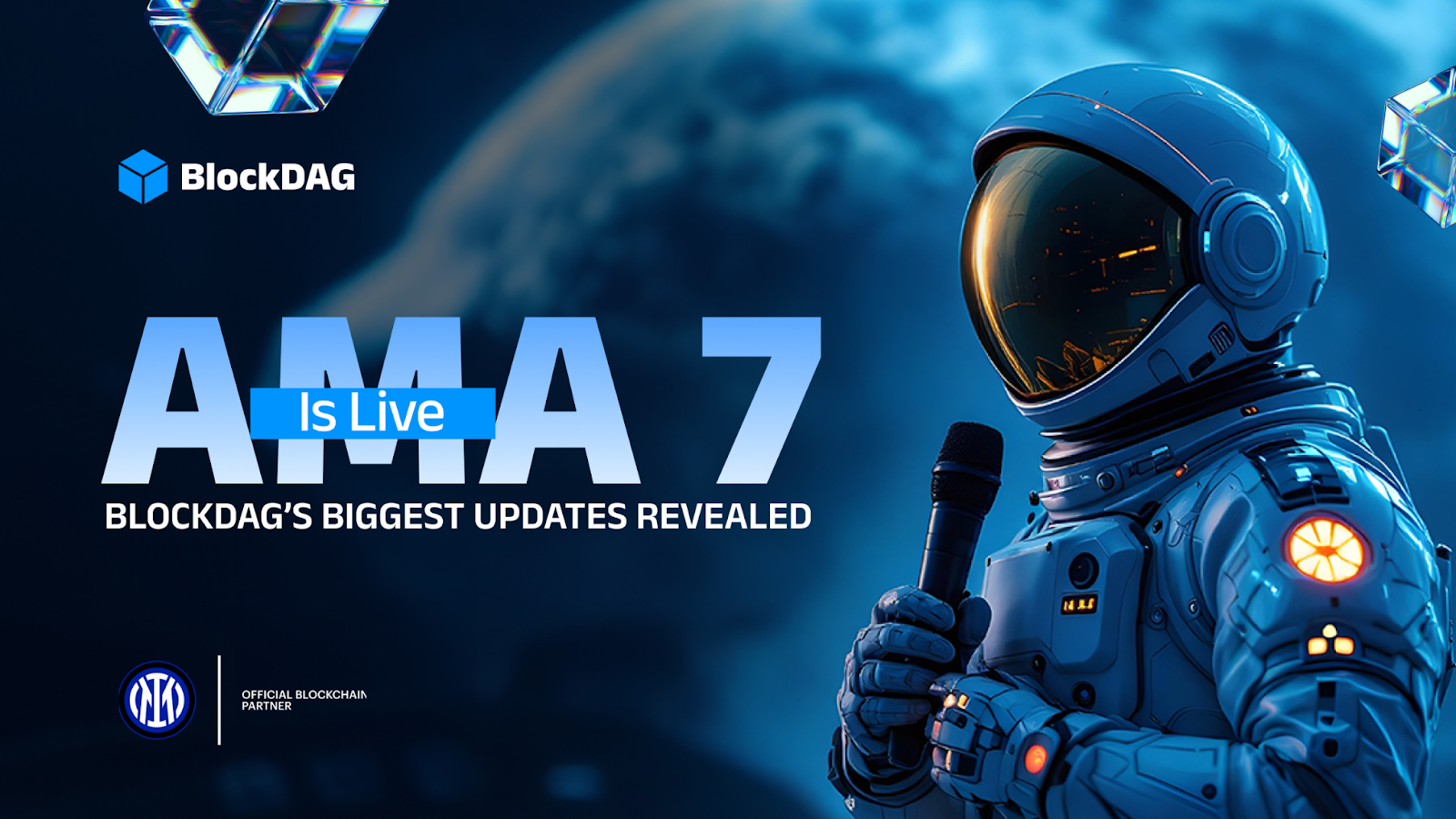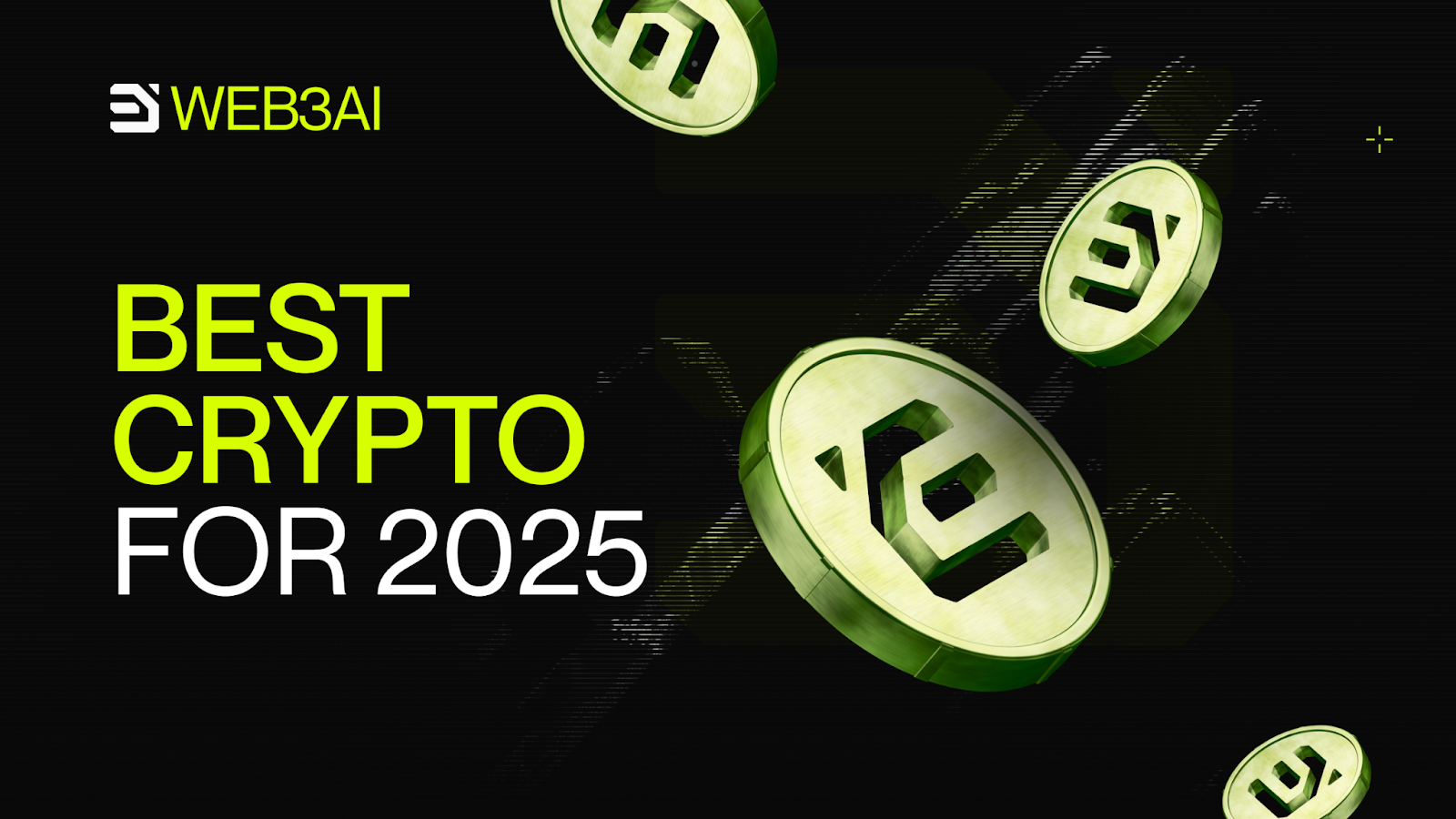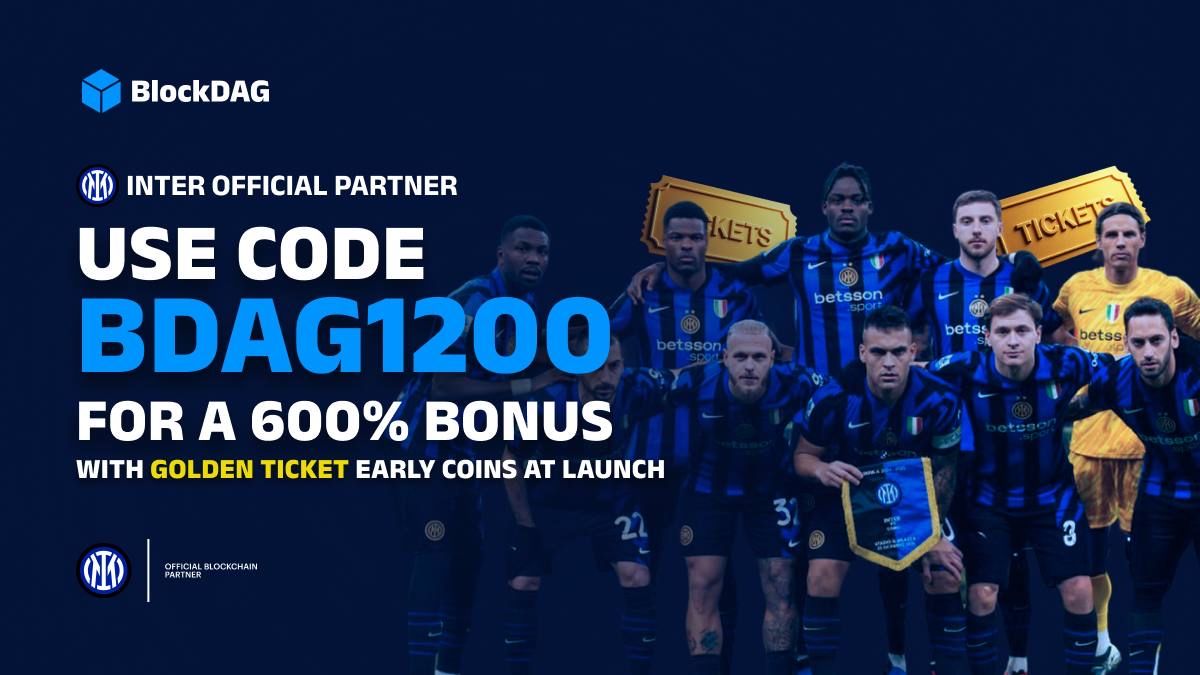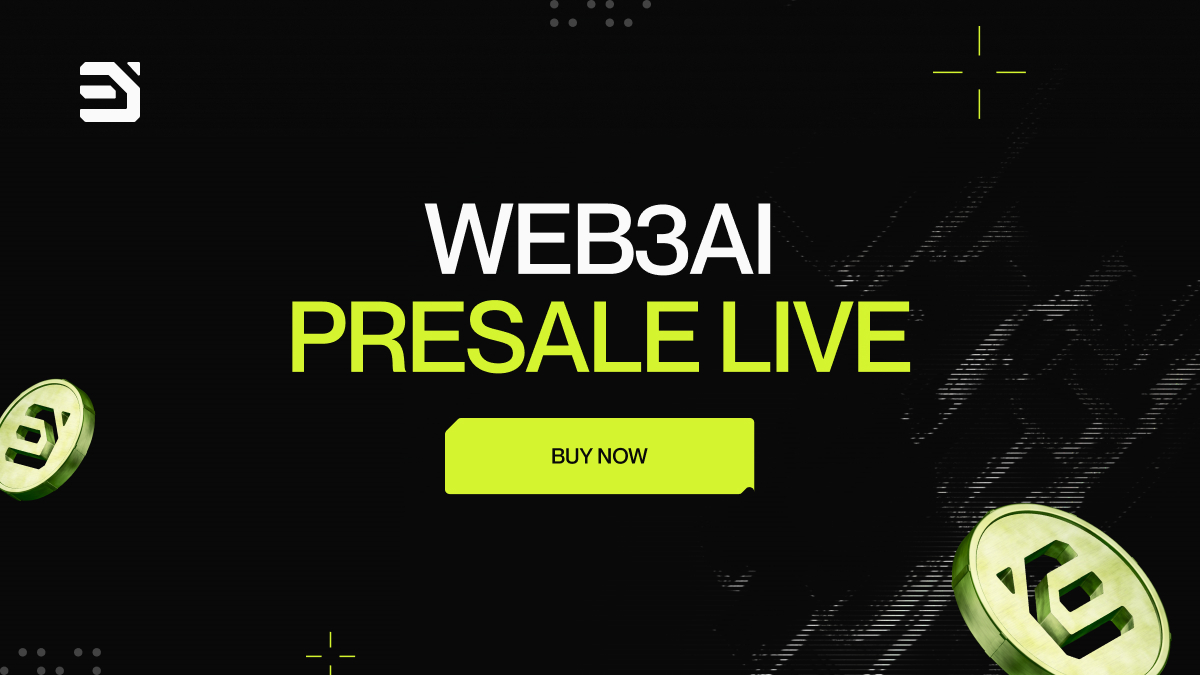
BlockDAG Hits 800 TPS in Beta, 7th AMA Highlights How This Layer-1 Surpasses Ethereum’s 15 TPS
BlockDAG (BDAG) has made a major leap forward in performance with its beta testnet, backed by actual throughput figures. With 34 nodes in operation, including a large portion managed by the community, the network achieved a live 800 transactions per second (TPS). This isn’t lab-based data or projected performance, it’s proven throughput under stress. These statistics are not theoretical; they demonstrate the network’s real capabilities.
This rollout highlights BlockDAG as a functioning system approaching launch readiness. The project is now aiming to increase its TPS to over 2,000 for the mainnet and scale it to 15,000 TPS in upcoming development phases. The direction is methodical and open. Unlike others that publicize high goals but show little progress, BlockDAG is showing concrete progress with a clear plan for further growth. This testnet round could be laying the groundwork for a Layer 1 capable of meeting real transactional needs.
Beta Testnet Achieves 800 TPS Using Live Community Nodes
This beta rollout goes beyond a simple milestone, it serves as proof of what BlockDAG’s infrastructure can do under actual network stress. A total of 34 active nodes were used during testing, with half maintained by community members, giving the test a wider, more real-world range of scenarios. The 800 TPS achieved under these conditions forms a solid baseline for future development.
The network setup started from scratch, completely separate from previous alpha builds, with new data structures, better block handling, and refined network protocols. These adjustments helped deliver quicker, more stable validation speeds across nodes. At the core of this performance is BlockDAG’s hybrid architecture, combining Directed Acyclic Graph processing with Proof-of-Work, which enables multiple block validations at the same time. This reduces delays and speeds up confirmations without risking decentralization or accuracy.
This 800 TPS figure isn’t just a flashy claim. It reflects tested performance and shows how well the layered system performs under real activity. With this foundation, BlockDAG steps beyond development talk and begins showcasing tangible delivery.
Ethereum and Others Struggle to Match Real-World Output
The throughput race among Layer 1s remains a hot topic, but real-world consistency is rare. Solana, for instance, has advertised peak speeds of 65,000 TPS, though practical figures typically land around 4,000 to 5,000. Ethereum, still central to dApps and DeFi platforms, averages 12–15 TPS without relying on Layer 2s, which are only now gaining stronger traction. Avalanche and Polkadot both fall short of their advertised speeds, commonly managing 2.4 TPS and 0.07 TPS, respectively.
What sets BlockDAG apart is its commitment to clarity and delivery. Rather than putting forward vague targets, the beta testnet ran openly with real users and managed to achieve 800 TPS using actual transactional data and validation cycles. The next target of 2,000 TPS is not guesswork, it’s a realistic step based on tested performance. Stretching to 15,000 TPS in the long term is ambitious but technically outlined and mapped within the existing architecture.
This distinguishes BlockDAG from other Layer 1s that often launch with exaggerated claims and only start delivering results after years. Here, the technical goals are aligned with proven capabilities.
Community Node Involvement Strengthens Testnet Integrity
An important aspect of BlockDAG’s beta progress is the deep involvement of its community. Rather than keeping node operations in-house, the team opened access to external operators. This approach made the testnet more resilient and helped simulate real conditions across different user setups and traffic types. The broader testing exposed issues and provided essential performance insights.
A significant issue encountered was a memory leak, which emerged only as the number of active nodes increased. Although it went unnoticed in prior testing, community node operators quickly identified it. The dev team addressed it swiftly by releasing a fix and offering update support. This direct feedback loop turned a potential weakness into an improvement opportunity.
Such developments show that decentralization is not just a stated goal for BlockDAG, it’s integrated into how the network is tested and built. The testnet remains open for contributors, helping shape a more stable and scalable platform. When mainnet launches, participants won’t be bystanders, they’ll already be part of the running network.
Scalable Structure Points to 2,000+ TPS Rollout
The beta testing phase is only the beginning. BlockDAG aims to reach 2,000 TPS at launch and continue scaling up to 15,000 TPS through planned updates. This isn’t an empty ambition but a target backed by a structured technical path. The dual mechanism using DAG for block concurrency and Proof-of-Work for decentralization offers the base for this scale.
Alongside architecture, the team is also developing tools needed for real user activity. The current testnet features a live blockchain explorer, drag-and-drop NFT and token builder, and initial elements for deploying smart contracts. These aren’t just additional tools, they’re vital for adoption once the mainnet is operational. A complete network audit is scheduled in the next testnet release, enhancing trust ahead of the mainnet.
To hit 15,000 TPS, BlockDAG will improve system design, refine validator roles, and bring in more global node participants. Plans also include adding DeFi utilities, governance frameworks, staking systems, and options for cross-chain transactions. All of these help raise on-chain activity while aligning with BlockDAG’s flexible system structure.
The groundwork is in place, now the focus is to optimize execution, maintaining performance, accessibility, and user confidence.
Long Story Short!
BlockDAG’s beta phase sends a strong signal: the system is now delivering measurable results. With 34 active nodes and a solid 800 TPS under live conditions, this Layer 1 is no longer just theory, it’s proving readiness. Its hybrid DAG-PoW setup offers both speed and decentralization, with future capacity set to expand.
Community contributions and transparent issue management have added to the success of this testing round. As plans move forward for 2,000 TPS at launch and a stretch goal of 15,000 TPS, the platform is building towards demand rather than reacting to it. In a sector where promises often outweigh delivery, BlockDAG’s progress offers a concrete look at what modern Layer 1s can become when planning is paired with execution.
Presale: https://purchase.blockdag.network
Website: https://blockdag.network
Telegram: https://t.me/blockDAGnetworkOfficial
Discord: https://discord.gg/Q7BxghMVyu
| Disclaimer: The text above is an advertorial article that is not part of kanalcoin.com editorial content. |










